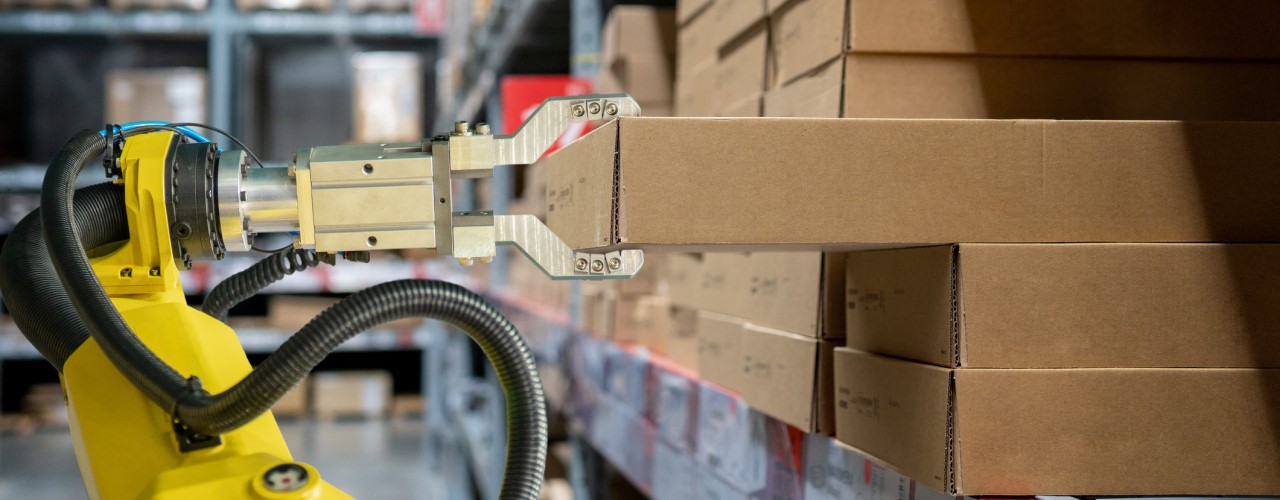5 Predictions On The Future Of Warehousing
Warehousing is a part of the supply chain that is currently evolving at an impressive pace. Legacy business models are being overhauled to accommodate the increasing demands of consumers who want short delivery times, accountable logistics and cheaper and more efficient options. With giants like Amazon leading the way in terms of integrating technology we have already seen considerable change, such as the use of broad automation and drones. But what does the future hold for the warehousing industry?
1. Proactive maintenance
Maintenance has traditionally been reactive, focusing on fixing issues after they have already arisen, often causing delays and downtime as a result. Today, tech such as AI, smart supply chains and sensors is changing this, shifting maintenance to a predictive position so that it can be used to avoid equipment issues and protect perishable stock. Not only that but predictive maintenance also has a big role to play in optimising performance too.
2. The rise of cognitive computing
AI and machine learning are about to take process automation to a new level in the warehousing industry. This will enable robotics to be employed in a much more effective way than to simply use machines to take over small, repeatable physical tasks. With the addition of cognitive computing into the mix, there will be the ability for software applications to begin acting like humans and making on the spot business decisions, freeing up human labour to focus on more value adding tasks.
3. The sharing economy
The simple concept of the sharing economy is now being applied to warehousing too thanks to the evolution of the technology that first enabled apps like Uber. For example, it’s now possible for spare capacity on premises to be leased out and for those who need space to rent it on demand in a much more flexible way. This approach is more agile and could be responsible for significant change in the warehousing sector, for example warehouse owners now have a commercial asset in unused space, something that can be valued and sold. As a result, the cost of significant unused space no longer needs to be a burden.
4. Integrating warehousing and manufacturing
Technology such as 3D printing may have a key role to play in meeting the ever increasing need for rapid fulfilment. Warehouses could become manufacturing hubs where smaller or less complex items (at first, at least) can be produced to order within the warehouse, as opposed to via a separate manufacturing process. Smaller, smarter warehouses that integrate fabrication on demand are already becoming the goal for many organisations.
5. Setting standards for the Internet of Things
IoT is already transforming warehouses, facilitating the creation of smart systems run by sensors that enable complete transparency on every item and its journey. However, there are currently no set standards for IoT to determine how devices will communicate and how data will be collected, dealt with, stored, and analysed. When these standards are introduced this could trigger another moment of transformation in warehousing.
Thanks to the rise of technology and smart systems the future of warehousing looks bright.

Leave a comment